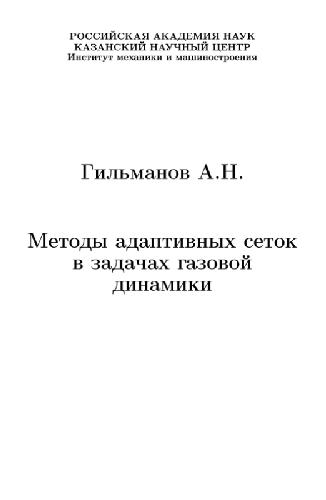Clement Kleinstreuer (auth.)1402086695, 9781402086694, 1402086709, 9781402086700
This textbook covers the essentials of traditional and modern fluid dynamics, i.e., the fundamentals of and basic applications in fluid mechanics and convection heat transfer with brief excursions into fluid-particle dynamics and solid mechanics. Specifically, the book can be used to enhance the knowledge base and skill level of engineering and physics students in macro-scale fluid mechanics (see Chapters I-V), followed by an introductory excursion into micro-scale fluid dynamics (see Chapters VI-X). Clearly, most of Chapters I-X could be taught in one course to honours-level seniors and first-year graduates. A Solutions Manual to the assigned book problems will be provided.
This work evolved primarily out of industrial demands and post-graduate expectations, because a fine knowledge base in modern fluid dynamics is important, focusing on novel application areas such as microfluidics, mixture flows, fluid-structure interaction, biofluid dynamics, thermal flows, and fluid-particle transport. Building on courses in thermodynamics, fluid mechanics and solid mechanics as prerequisites as well as on a junior-level math background, a differential approach is most insightful to teach the fundamentals in fluid mechanics, to explain traditional and modern applications on an intermediate level, and to provide sufficient physical insight to understand results, later on generated with useful CFD software.
Pedagogical elements include a consistent 50/50 physics-mathematics approach when introducing new material, illustrating concepts, showing flow visualizations, and solving problems. The problem solution format strictly follows the pattern of system sketch, assumptions, and concept/approach—before starting the solution phase which consists of symbolic math model development (Appendix A), numerical solution, graphs, and comments on “physical insight”. After some illustrative examples, most solved text examples have the same level of difficulty as suggested homework, quiz, test, and/or exam problems. The ultimate goals are that the more serious student can solve basic fluid dynamics problems independently, can provide physical insight, and can suggest, via a course project, system design improvements.
Table of contents :
Front Matter….Pages i-xviii
Front Matter….Pages 1-1
Review of Basic Engineering Concepts….Pages 3-40
Fundamental Equations and Solutions….Pages 41-98
Introductory Fluid Dynamics Cases….Pages 99-190
Back Matter….Pages 191-191
Front Matter….Pages 193-193
Internal Flow….Pages 195-252
External Flow….Pages 253-302
Back Matter….Pages 303-304
Front Matter….Pages 305-305
Dilute Particle Suspensions….Pages 307-347
Microsystems and Microfluidics….Pages 349-433
Fluid–Structure Interaction….Pages 435-479
Biofluid Flow and Heat Transfer….Pages 481-522
Computational Fluid Dynamics and System Design….Pages 523-570
Back Matter….Pages 571-575
Erratum….Pages E1-E7
Back Matter….Pages 577-620







Reviews
There are no reviews yet.